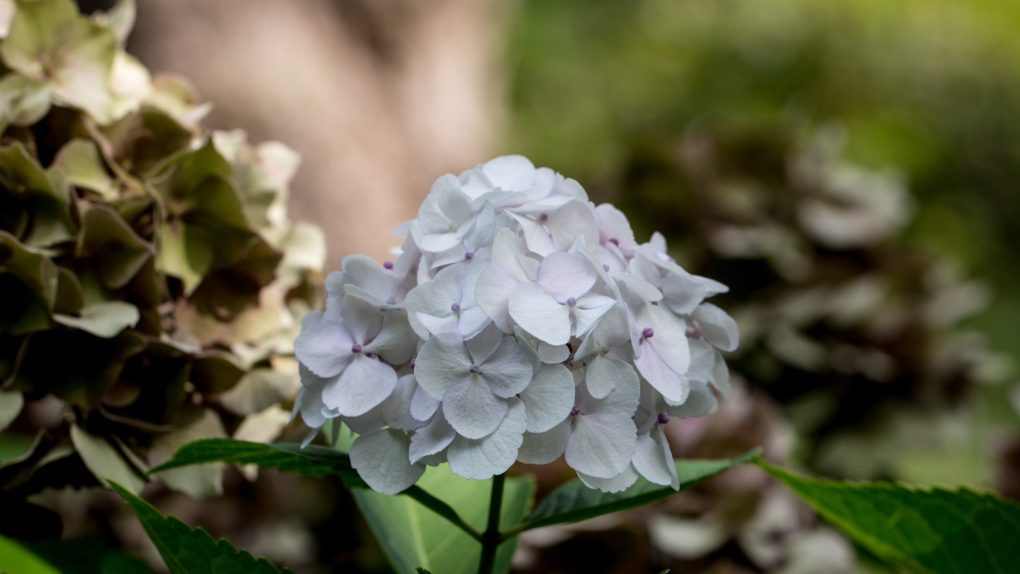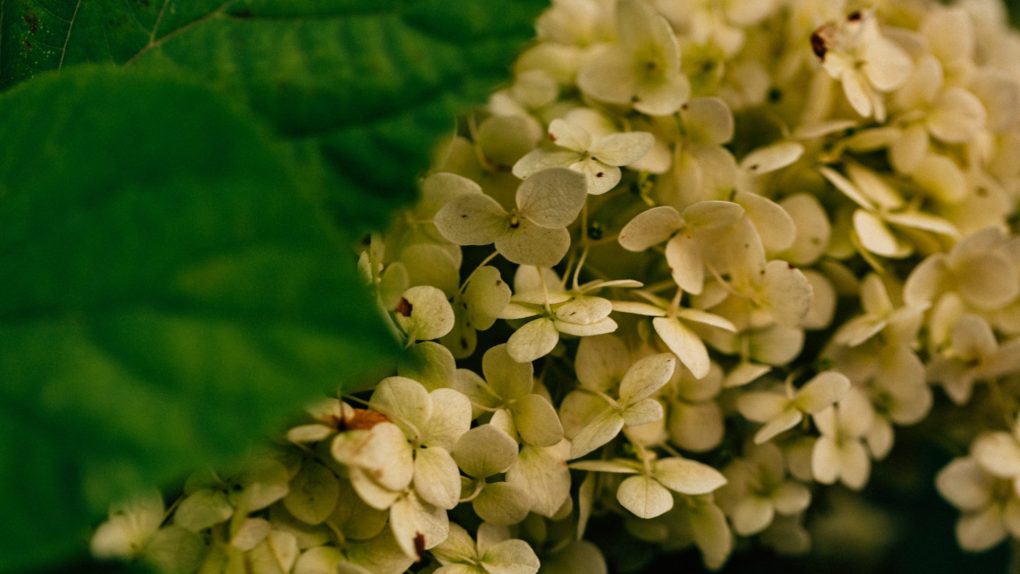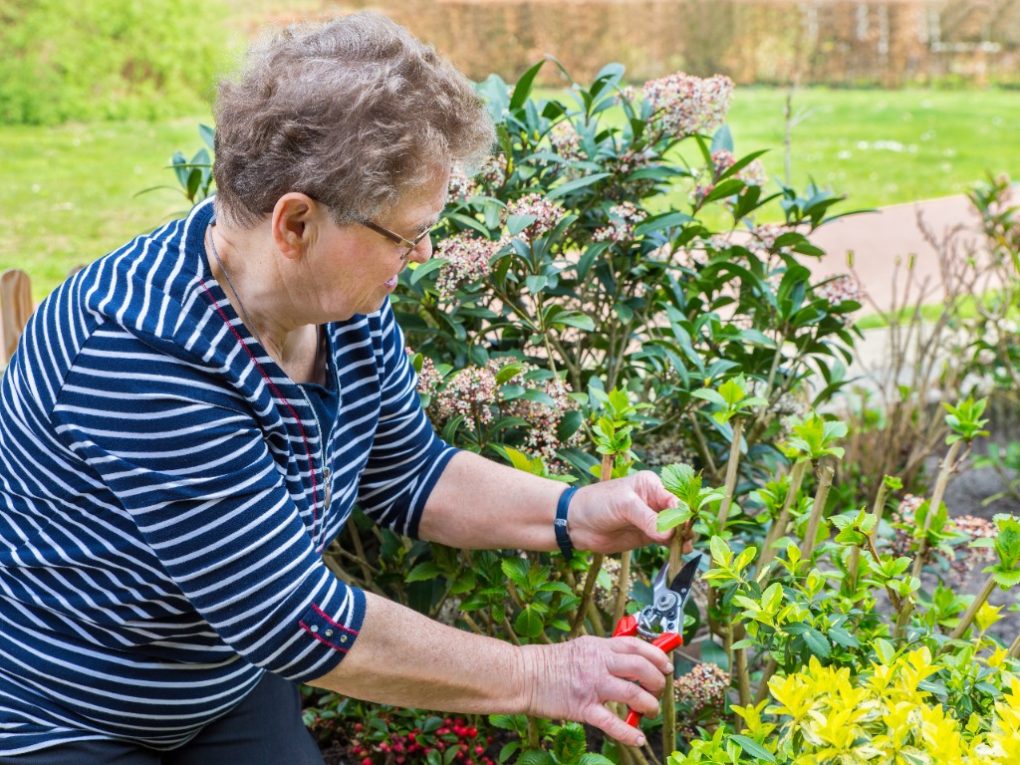Why Your Hydrangea Has Small Flowers: Understanding the Causes
Hydrangeas are popular flowering plants known for their large, showy blooms that come in shades of pink, blue, white, and purple. However, sometimes hydrangeas produce small flowers, which can be disappointing for gardeners expecting big, beautiful blooms. There are several reasons why hydrangeas may have small flowers, including environmental factors, pests, and pruning practices.

One possible reason for small hydrangea flowers is a lack of sunlight. Hydrangeas need at least six hours of direct sunlight daily to produce large blooms. If the plant is not getting enough sun, it may produce smaller or nonexistent flowers. Another possible cause is a lack of water. Hydrangeas require regular watering, especially during hot, dry weather. If the soil is too dry, the plant may not be able to produce large, healthy blooms.
Table of Contents
Common Reasons for Small Flowers
When hydrangeas produce small flowers, it can be disappointing and frustrating. However, there are several reasons why this might happen. First, this section will explore some of the most common reasons for small hydrangea flowers.
Improper Pruning Techniques
Improper pruning can be a major cause of small hydrangea flowers. If you prune your hydrangea at the wrong time, you may cut off the buds that would have produced the large, showy flowers you hoped for. Additionally, if you severely prune your hydrangea, it may not have enough energy to produce large flowers.
Inadequate Sunlight
Another common reason for small hydrangea flowers is inadequate sunlight. Hydrangeas need at least six hours of sunlight daily to grow and produce large flowers. If your hydrangea is not getting enough sunlight, it may produce smaller or nonexistent flowers.

Poor Soil Conditions
Hydrangeas require well-draining soil that is rich in organic matter. If your soil is too compacted or lacks nutrients, your hydrangea may produce small flowers. Additionally, if your soil is too alkaline, your hydrangea may not be able to absorb the nutrients it needs to produce large flowers.
To ensure that your hydrangea produces large, showy flowers, it is important to take proper care of it. This means pruning at the right time, providing adequate sunlight, and ensuring your soil is rich in organic matter and nutrients. By taking these steps, you can help your hydrangea thrive and produce the beautiful flowers you desire.
Solutions for Small Flowers
Pruning Techniques
Pruning can help to increase the size of hydrangea flowers. It is important to prune at the right time and in the right way to avoid damaging the plant. The best time to prune hydrangeas is in the late winter or early spring before new growth appears. Deadheading, or removing spent blooms, can also encourage the plant to produce more flowers. However, be careful not to remove any new buds that have started to form.

Soil Amendments
The soil in which hydrangeas grow can also affect the size of their flowers. Adding organic matter, such as compost or well-rotted manure, can help to improve soil structure and fertility. This can result in larger, healthier blooms. Hydrangeas also prefer slightly acidic soil with a pH between 5.2 and 5.5. If the soil is too alkaline, adding sulfur can help to lower the pH and make it more acidic.
Pest and Disease Control
Pests and diseases can also affect the size and health of hydrangea flowers. Common pests include aphids, spider mites, and scale insects. These can be controlled with insecticidal soap or horticultural oil. Diseases such as powdery mildew and leaf spot can also affect the plant. These can be prevented by providing good air circulation around the plant and avoiding overhead watering. If a disease occurs, treating the plant with a fungicide may be necessary.
